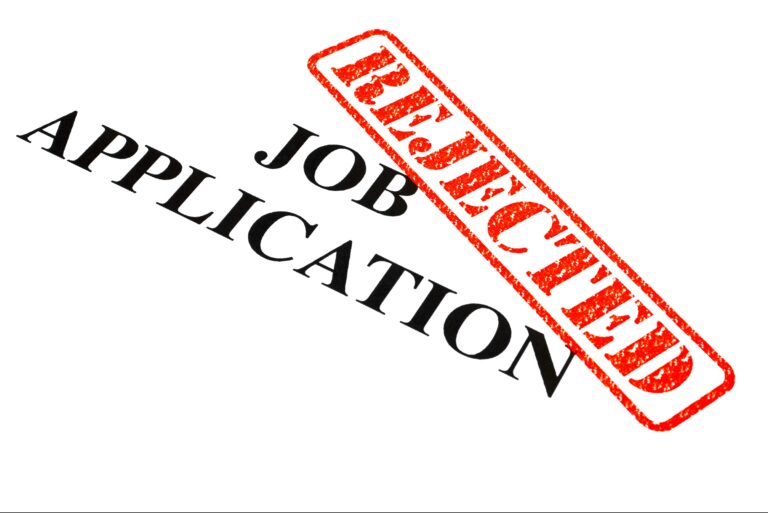From 2013 to 2016 the CPG industry grew less than 1.8% on average each year. Generational shifts, omni-channel media, retail fragmentation and the rise of niche brands are all making for rough terrain for CPG companies Consumers are seeking help in their purchasing decisions with information from Google search, Twitter, Facebook and influencer networks like Pinterest, reducing the impact of traditional media and advertising. CPG companies must embrace the use of Artificial Intelligence (AI) to drive revenue growth through innovation, improved forecasting and better in-store execution in order to thrive in today’s marketplace.
CPG companies historically relied on syndicated data sources, shopper card data and panel and loyalty card data. Data sources have expanded exponentially through online panel solutions and social media information. As Symphony Retail says, “Now CPG companies can understand not only how their products are selling but also the characteristics of the people who are buying their products and, even more importantly, what people are saying about their products on social media.”
CPG companies that relied on a traditional advantage of scale can no long do so. They must have a nimbleness to actively shape and predict what is going to happen next. Do they need to adapt their product, change their pricing or packaging, anything that fulfills rapidly evolving consumer needs.
Innovation
Artificial Intelligence combines the power of big data with the subtlety and discernment of human intelligence. This predictive approach illuminates future opportunities so companies can execute strategies to capitalize on consumer demand. Understanding demand is crucial for company growth and understanding how the consumer perceives a product is essential for understanding demand. Niche players can develop an attribute in a similar product that an established brand lacks thus identifying a vulnerable demand within the established brand. This might be a reframing of the category such as making a baked potato chip to answer the demand for healthier snacks that a traditional fried potato chip doesn’t fulfill. CPG companies can also do a brand refresh through analyzing available data, offering cherry flavored cola would be an example. The more significant result of using AI to analyze your consumer would be a business breakthrough. New ingredients, new manufacturing techniques, new packaging, anything that drives your consumer to greater loyalty and greater purchase.
Forecasting
CPG companies typically predict demand at the SKU/location level. Artificial Intelligence allows companies to leverage data sets across retailers, channels and insights about customer engagement, brand preference, price sensitivity and lifestyle choices. Historical data, such as sales from past promotions, can be married with forward looking elasticity models that are more effective at predicting lift than traditional elasticity models. Symphony Retail says Artificial Intelligence forecasts reduce traditional statistical forecasting error by 25-50%.
In-Store Execution
Implementation and compliance are key concerns for both CPG companies and their retail partners. By incorporating Artificial Intelligence and leveraging video streaming image recognition into their processes, retailers and CPG companies can obtain a comprehensive understanding of compliance issues from the warehouse to the shelf to the shopping cart in real time. This contrasts dramatically with the traditional, time-consuming, frustration-inducting manual audits.


